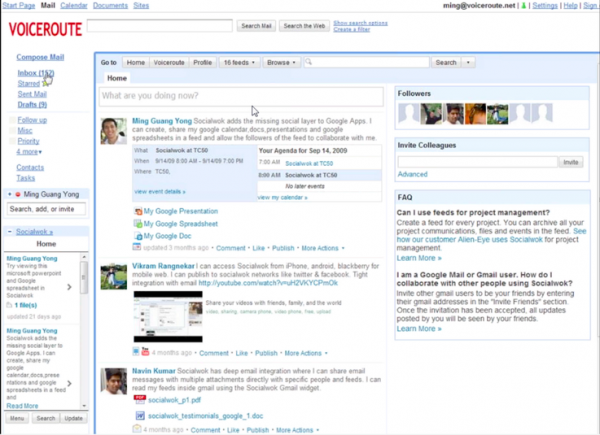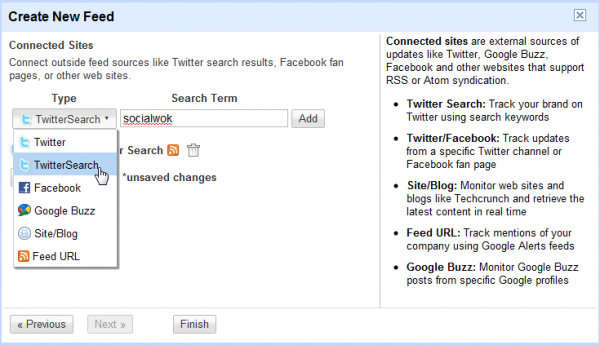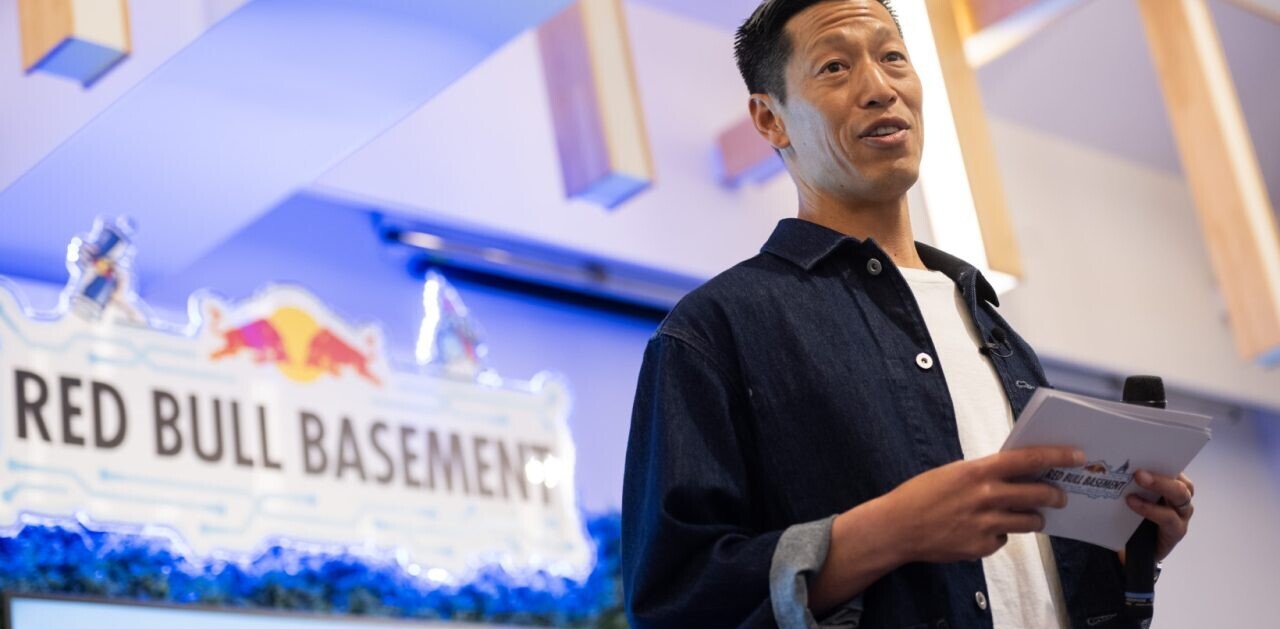
![]() Last fall I wrote an article comparing the key players in the enterprise microblogging space. Since writing that comparison, it’s been interesting to watch as each services’ strategy has morphed and to some degree diverged.
Last fall I wrote an article comparing the key players in the enterprise microblogging space. Since writing that comparison, it’s been interesting to watch as each services’ strategy has morphed and to some degree diverged.
I thought then and still think now that Socialwok is uniquely positioned adjunct to Google Apps from both an integration and distribution channel perspective. I was recently briefed by Yong Ming Guang, CEO of Socialwok, on some of their newly released features, and we talked strategy and direction.
Socialwok is a cloud based communication and collaboration platform for Google Apps, the social layer missing link of the Google App productivity suite. Socialwok was one of the first fifty application providers announced in the Google Apps Marketplace and signed up over 4000 new organizations within the first week.
It is now very simple to add to any Google Apps domain, providing single sign-on, a place in the Google Apps universal navigation and tight workflow and integration with Gmail, Docs, and Calendar. For example, there is a Gmail gadget that allows access to Socialwok feeds within the Gmail interface in a sidebar widget but they take it a step further by taking over the main content area of Gmail to provide full access to Socialwok, still within the Gmail interface – pretty slick.

This week they announced the ability to create feeds that are federated with external sources like Twitter Search, Twitter, Facebook, Google Buzz profiles and any Atom/RSS feed. This allows organizations to ingest activities and content from the public networks into their private Socialwok network as a notification mechanism or to be discussed. You can also publish out messages to public networks like Twitter, Facebook and LinkedIn. In the future, they plan to support PubSubhHubbub, ActivityStrea.ms, AtomPub, Oauth and Salmon.

So what’s next?
Socialwok has a great mobile web version of the site that includes great features like in browser document preview, but one of my biggest knocks against Socialwok was they had no native mobile or desktop application support. That’s about to change – in three to four weeks time, they will release a native iPhone app that will include push notifications but no word on photo/video/camera integration – one of my favorite features of the Facebook and Socialcast mobile clients. An Android version of the app is under consideration as well.
A paid version of Socialwok will be announced in May at Google IO that will be similarly priced as Yammer and include features like moderation, IP blocking, data export, API access, dedicated support, etc.
They will also announce the ability to embed Socialwok feeds in public facing websites using an iframe or atom feed, allowing visitors to comment with the option to authenticate with Twitter, Facebook and Google accounts. This is interesting because it provides the ability to ingest feedback or conversations happening on an organizations public website into Socialwok to be discussed internally and replied to.
Ming is now looking beyond Google Apps and his vision has evolved Socialwok’s value proposition from the social layer missing in Google Apps to, more broadly, as a “social layer for cloud based productivity.” He hinted that their next big push will be to provide hooks into the Microsoft Office platform and that it “will be big.” I guess we’ll wait and see for ourselves.
Overall Socialwok has made good progress in the last six months and is still uniquely positioned to potentially ride on Google’s coattails into hundreds of thousands of organizations. It remains to be seen what impact the introduction of Google Buzz into the Google Apps suite will have on Socialwok, and how successful they will be converting organizations to their paid version.
Get the TNW newsletter
Get the most important tech news in your inbox each week.




